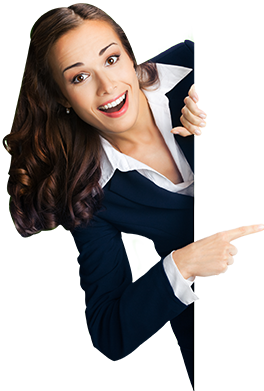Crafting a Standout Resume to Kickstart Your Design Career
As a budding UI/UX designer, your resume is your ticket to landing your dream job or internship. It’s essential to create a resume that showcases your skills, experience, and passion for design. Here are some guidelines to help you craft a standout resume that highlights your unique strengths:
1. Clear and concise layout 📄
Opt for a clean, visually appealing layout that makes it easy for recruiters to scan and find essential information. Use consistent typography, whitespace, and simple formatting to ensure your resume looks professional and polished.
2. Compelling objective or summary ✏️
Begin your resume with a concise objective or summary that highlights your passion for UI/UX design and your career goals. This section should convey your enthusiasm and give recruiters a glimpse into your unique qualities as a designer.
3. Showcase relevant skills 🛠
Include a skills section that highlights your technical and soft skills relevant to UI/UX design. List your proficiency in design tools (e.g., Sketch, Figma, Adobe XD), programming languages (e.g., HTML, CSS, JavaScript), and UX methodologies (e.g., user research, wireframing, prototyping). Also, mention essential soft skills such as communication, teamwork, problem-solving, and empathy.
4. Highlight your education 🎓
List your educational background, including degrees, diplomas, or certificates related to UI/UX design or related fields (e.g., graphic design, human-computer interaction, psychology). Don’t forget to mention any relevant coursework or projects that showcase your design skills.
5. Detail your design experience 🌟
Provide an overview of your design experience, including internships, freelance work, or personal projects. Describe your role, the project’s scope, and the design methodologies you used. Focus on the impact of your work and any quantifiable results (e.g., increased user engagement or conversion rates).
6. Include a link to your portfolio 🎨
A strong portfolio is a must for UI/UX designers. Include a link to your online portfolio or personal website, showcasing your best work, case studies, and design process. Make sure your portfolio is up-to-date, easy to navigate, and visually appealing.
7. Mention awards and achievements 🏆
If you’ve received any awards, recognitions, or have participated in design competitions, be sure to mention them on your resume. This adds credibility to your skills and sets you apart from other candidates.
8. Include relevant extracurricular activities 🌐
List any UI/UX design-related extracurricular activities, such as attending workshops, conferences, or meetups. This demonstrates your passion for continuous learning and your commitment to staying updated on industry trends.
9. Proofread and edit 📝
Lastly, make sure to proofread your resume for grammar, spelling, and punctuation errors. Ask a friend or mentor to review it as well. A polished, error-free resume reflects your attention to detail and professionalism.
By following these guidelines, you’ll create a resume that highlights your unique strengths and passion for UI/UX design. With a standout resume in hand, you’ll be well on your way to launching a successful career in the world of UI/UX design. Good luck! 🚀


